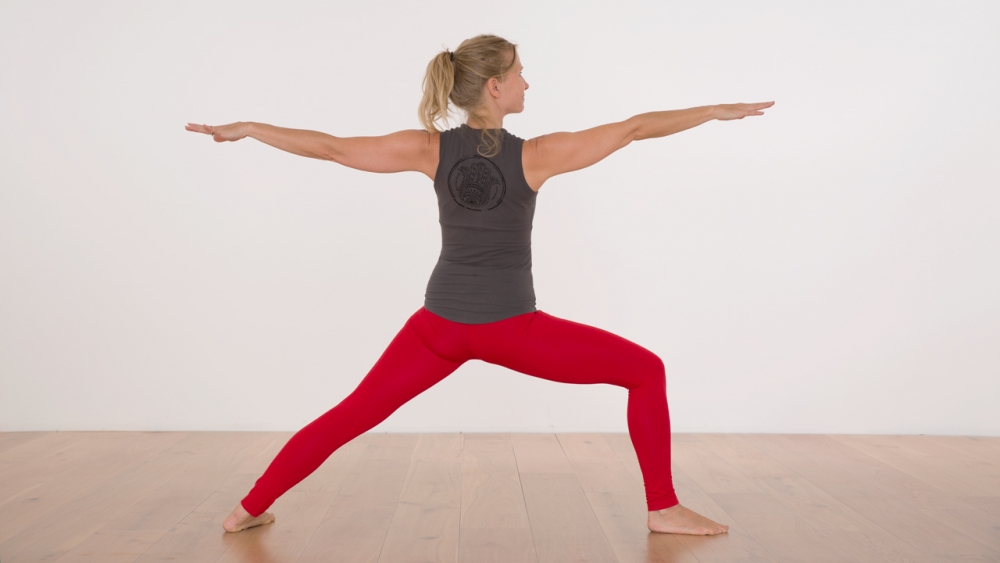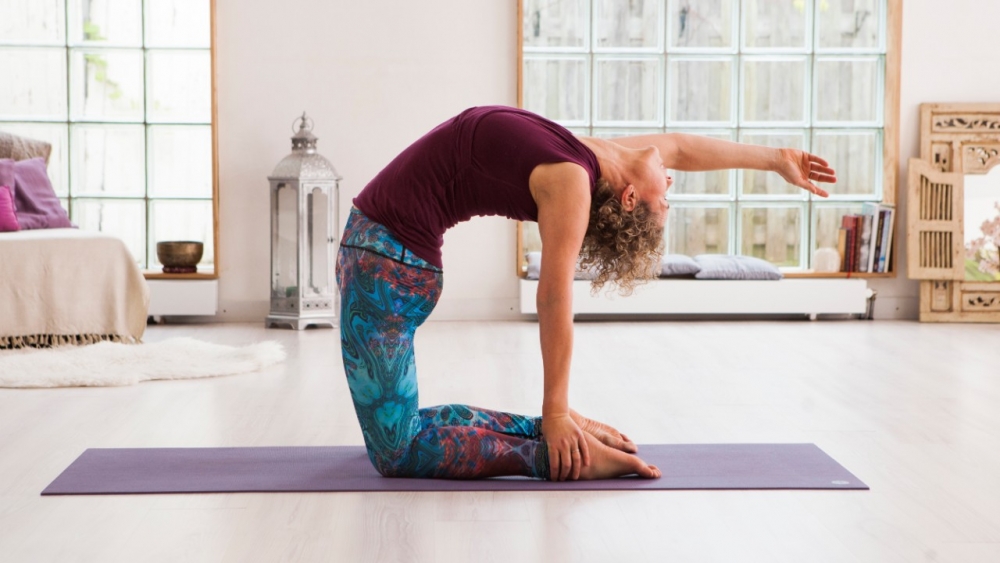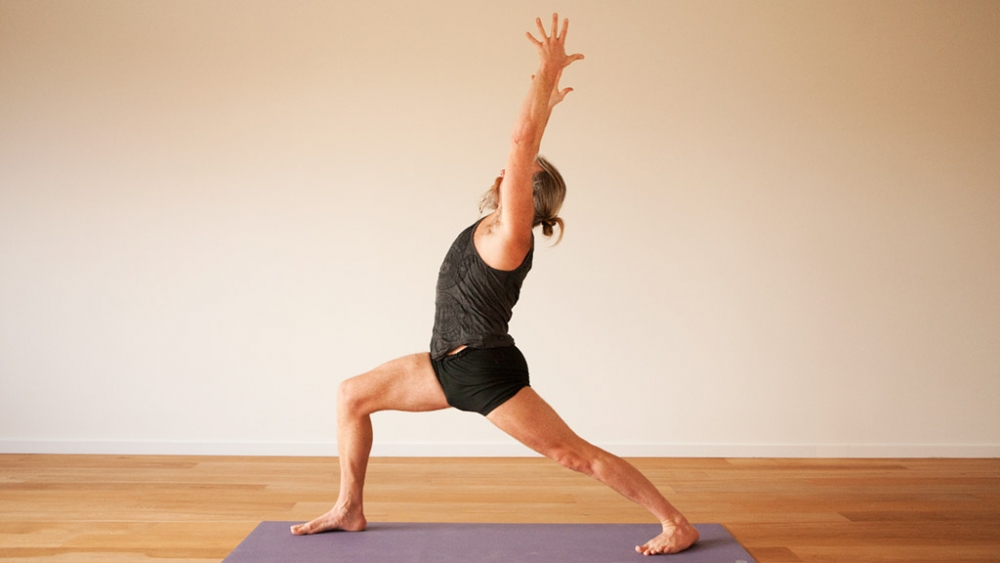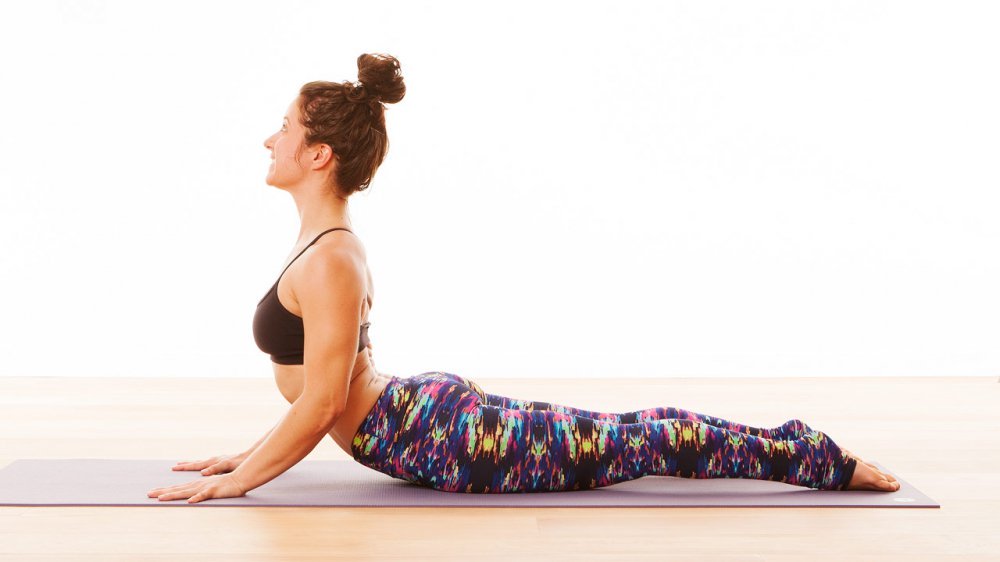Vata Pitta Kapha: The three doshas
Each person is truly unique and should be treated as such. Every individual body constitutes of its own elemental make-up. The five elements, earth, fire, water, air, and space (ether), condense to make up the three doshas, or energy forces of the body. The concept of these doshas stems from India’s ancient healing science, Ayurveda. It is actually more accurate to consider Ayurveda as the system of “life knowledge.” Its purpose, in short, is to understand all life forms (body, mind and spirit) and their combination as the expression of creation. All forms of creation can be better understood through these the three energies, or doshas, which sustain life. Their expression in an individual results from a unique ratio of functioning in each person’s body which is determined at conception.
Every human experience, be it emotional, physical or environmental, has an effect on the balance of the doshas. Each dosha has unique qualities, and while all three doshas are present in every individual, it is evident which dosha, or two, are your dominant ones by your physical traits and tendencies. This dominance of one (sometimes two) of the energy forces explains why two people may have completely different reactions from the same thing. See more about this in Ayurveda: the three doshas where you can also take a quick dosha test.
So, how is it possible to balance energies from imbalance? Food is one way which can help bring the doshas into balance as you can see in Irina’s Ayurveda: Yoga and Diet programme but here we will focus on how yoga can help balance the three forces.
Vata Dosha

The dosha often discussed first is Vata. This energy complexity is ruled by the elements, air and space. “It is the principle of kinetic energy in the body, is mainly concerned with the nervous system, and controls all body movement. At the cellular level vata moves nutrients into and wastes out of cells” (Svoboda 14).
If you look at just the elements associated with each dosha, it tells you a lot already about the characteristics of the force. In this case with vata, air is dry, light, cool, irregular, and mobile. These match the qualities of someone with vata dominance. Vatas tend to have dry skin and hair, are very active (physically and mentally), are often cold and prefer warm weather, and have an irregular daily schedule. When imbalanced, some common vata physical disorders include: arthritis, high or low blood pressure, cracking joints, insomnia, constipation, heart disease, depleted energy, and headaches. Moreover, vata types are also prone to mental disorders, such as, depression, anxiety, bipolar disorder, and obsessive compulsive disorder.
Yoga to balance Vata dosha
In regards to yoga, a vata type will greatly benefit and balance from a grounding, calm, and contemplative practice. Since vatas tend to be unpredictable with daily activities, it is best they make yoga a routine. It should be practised at a certain time of day at certain days of the week. “Poses that work on the colon (the bodily seat of vata), intestines, pelvis, lumbar spine, and sacroiliac balance vata by bringing energy back down into the base of the torso” (Knox 4). Sun Salutations should be done slowly. It is also balancing to include twists, forward bends, and calming inversions. Since grounding is important for vata types, it is good to work on standing poses like Tadasana, Virabhadrasanas (Warrior Poses), and Vrksasana (Tree Pose). Due to vata’s hyperactivity, it is most balancing to allow for a longer Savasana, even longer than fifteen minutes.
Pranayama practices that cool the body or give too much energy, like Kapalabhati or Sitali, should be avoided by an imbalanced vata as they aggravate this dosha. Anything calming is most balancing, like Nadi Shodhana (Alternate Nostril), Bhramari (humming bee breath), or even Ujjayi (Victorious Breath). These three pranayamas are known to help settle energy, calm the mind, and reduce stress for the anxious vata.
Pitta Dosha
The second dosha, ruled by the elements fire and water, is Pitta. The energetic force of pitta is mainly associated with digestion, but also with the enzymatic and endocrine systems. Its function is the digestion of nutrients being transformed into energy for cellular function. Because the literal translation of pitta is, “that which cooks,” it is more closely related to the fire element, but the liquid nature of the substances it transfers and metabolizes makes up the water element (Rhoda and Yarema 32).
By looking at fire, we can tell pitta characteristics will be hot, light, intense, and fluid. Oily is also a major characteristic of pitta, not because fire is oily, but because oils burn intensely in fire. The physical qualities are related to oily skin, bright eyes and a medium size build with average weight. Pittas are easily irritated in hot weather and prefer cooler climates. They tend to perspire easily, even in the winter months. The organs, eyes, skin, liver, brain, and small intestine are ruled by pitta. Some common imbalances that can manifest in a pitta are: infection, inflammation, rashes, heartburn, and fever. A psychologically imbalanced pitta can have feelings of anger, fear, hatred and jealousy. They are prone to mental disorders like uncontrollable anger, anxiety, and deep-rooted emotional problems.
- Learn more about the doshas in our Seasonal Cleanse with Ayurveda and Yoga program
Yoga for Pitta Dosha
Because pitta types are overly heated and drawn mostly to physically demanding postures, when looking at yoga to help balance, pittas benefit most from a cooling, heart opening, and a non-competitive class (which, ideally, all classes should be). It is important to work the abdominal area, so twists like Ardha Matsyendrasana (Half Lord of the Fishes Pose) are quite balancing. All standing forward bends and heart opening poses, like Dhanurasana (Bow Pose) and Bhujangasana (Cobra Pose) help to reduce pitta. “Experiment with moon salutation; while sun salutation heats, this vinyasa has a cooling effect” (Knox 8).
When practising pranayama, a pitta should focus on cooling, relaxed breathing. Exhaling through the mouth at times is a good way to release excessive heat. Sitali, or cooling breath, is one of the most balancing breathing techniques for this type. It helps with hyperacidity and ulcers which pitta body types are prone to. Ujjayi breath is heating, and should be used moderately if imbalanced. Fire breath, or Kapalabhati, should only be practised if completely calm and cool.
Kapha Dosha
The third energy force is Kapha. This dosha is ruled by the elements earth and water. “It is the energy of building and lubrication that provides the body with physical form, structure, and the smooth functioning of all its parts” (Rhoda and Yarema 36). The literal translation of Kapha is “that which sticks” and can be thought of as the glue that holds the body together. At the cellular level it is the force that governs the cell’s structure.
Kapha’s characteristics match those of the lubrication processes (such as bile) in the body. Kapha possesses heaviness, oiliness, coldness, stability, and denseness. Some of the organs associated with kapha include: the joints, stomach, mouth, and lymph nodes. Kapha types tend to have broader frames, can gain weight easily, have thick and/or oily hair, and are more emotionally stable than the other two doshas. When imbalanced, kapha types are most prone to obesity, heart disease, diabetes, sinus congestion, and water retention/bloating. Even though this type is the most mentally stable, if not in balance, kapha can create mental lethargy or depression because they tend to store their emotions.
Yoga to balance Kapha dosha
When using yoga to balance an overstimulated kapha, classes that are challenging, warming and vigorous are the most beneficial. It is good to work on the abdominal region and practise asanas which open the chest area. Most backbends in this case, like Salabhasana (Locust Pose) and Ustrasana (Camel Pose), are helpful balancing asanas. Poses such as Handstand, Headstand, Shoulderstand and Dhanurasana are main kapha reducers. Sun Salutations should also be regularly practised. Jumping during transitions is recommended to build stamina for a lethargic kapha. Savasana can be kept a little shorter for this type and they still will benefit greatly.

Pranayama exercises that stimulate the body and clear the mind should be practised. Vigorous breathing to open the lungs is very beneficial. For this type of breathing, Kapalabhati and Bhastrika are recommended. Right nostril breathing is also cleansing and energizing for Kapha. Ujjayi breath can be used throughout the asana practice for its warming effects.
When two doshas are dominant
If an individual body constitutes of two dominant dosha types, both practices for balancing should be considered. A person can tell physically which dominant dosha seems out of balance. For example, if someone is a dual vata-pitta, one day the vata may be imbalanced due to too much mental activity and anxiety, while the next day, pitta can be aggravated due to feelings of anger or digesting food too quickly. Another way of determining which dosha type needs balancing is by looking at the seasons. Again, if you are a vata-pitta, you should pay more close attention to balancing vata during the colder fall and winter months, whereas, pitta during the summer will have a tendency to be more elevated due to the heat.
Honor your individuality
People may assume their bodies should be able to do the same things as someone else’s body, especially in today’s yoga classes. In reality, this is not possible because each person is made up of their own energetic constitution. This falls under the essence of Krishnamacharya’s teaching, as he said, “It is not that the person needs to accommodate him or herself to yoga, but rather the yoga practice must be tailored to fit each person.” One body may prefer a slow, calming yoga practice, while another is drawn towards intense challenging poses that create heat. As a student, it is important to be aware of your body type, or tendencies, and work towards balance. If you are a pitta and practise challenging Vinyasa Flow classes every day of the week, it may be beneficial for you to practise some Yin Yoga.
In a yoga class, each body should be treated differently because they are different. It is important to honor the body in yoga practice and to balance it to enable its full capabilities. The doshas explain how each individual is truly unique and why there are different reactions to the same experiences in life, be they physical, mental or emotional. Having a better understanding of your physical type can help to create more balance in your life and allow you to honor and fulfil your own unique, creative expression of it.
– Liridona Shabani
Related articles
Further reading on the doshas
- “Ayurveda – History and Philosophy.” Center for Health and Healing. N.p., 2000.
- Knox, Deborah. “Yoga and Ayurveda.” Kripalu. N.p., 2004-2005.
- Svoboda, Robert E., Dr. Prakriti. 2nd ed. Twin Lakes, WI: Lotus, 1998.
- Yarema, Thomas, Daniel Rhoda, Johnny Brannigan, and Ed Ouellette. Eat-taste-heal: An Ayurvedic Guidebook and Cookbook for Modern Living.
- Kapaa, HI: Five Elements, 2006.


